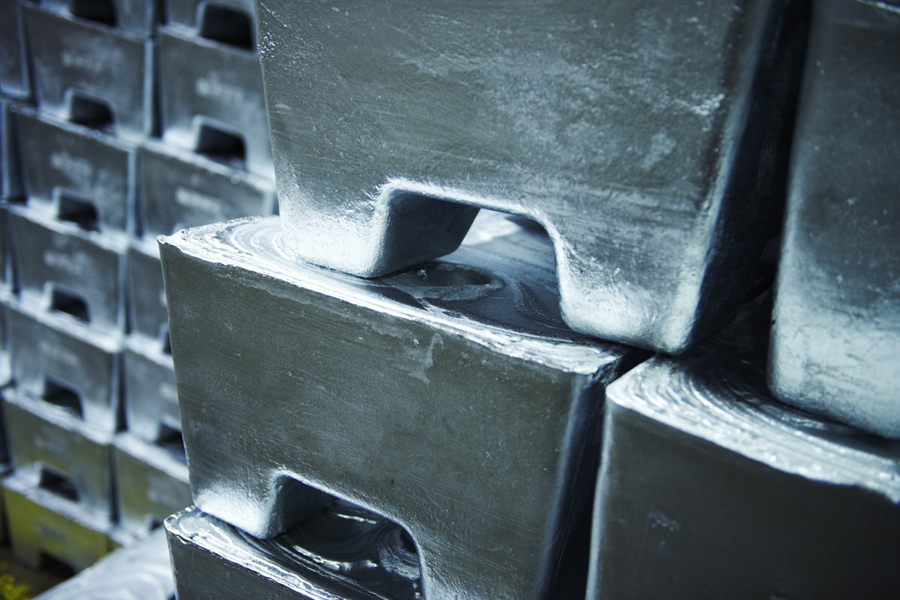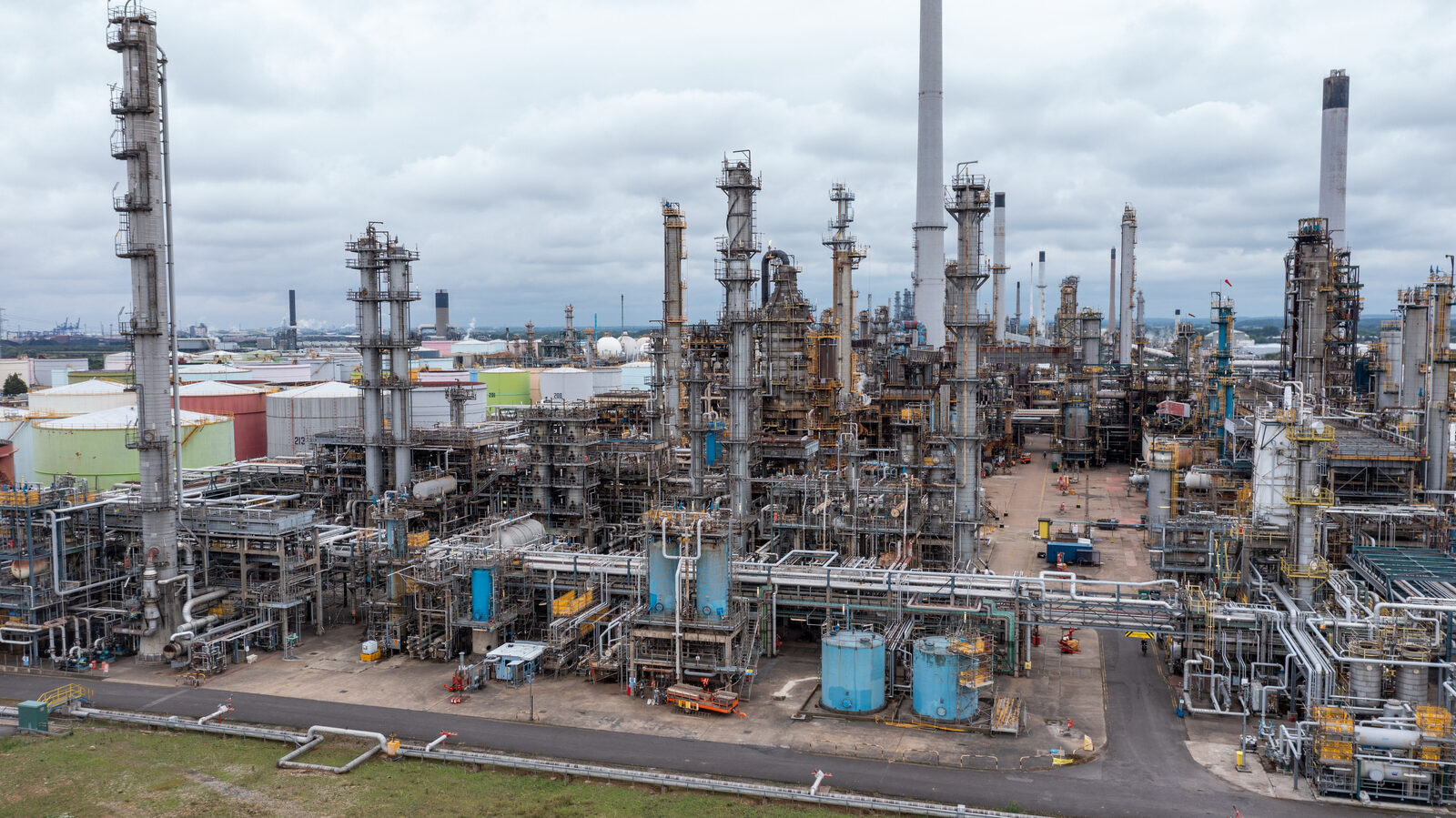Column: Zinc concentrates squeeze but there’s no shortage of metal

Global zinc mine production continues to slide and the raw materials squeeze is now starting to bite, particularly in China.
A group of 14 Chinese smelters, accounting for around 70% of the country’s refined zinc production, agreed earlier this month to adjust planned maintenance and postpone commissioning new capacity in a bid to preserve operating margins.
It remains to be seen just how much impact this has on actual production rates. Such collective announcements can be more price signal than concrete action plan.
The Shanghai Futures Exchange (ShFE) zinc market has duly taken note with the most active futures contract rallying by 10% on the news.
The problem for zinc bulls, however, is that the refined zinc market is still in significant surplus even as the raw materials supply chain tightens.

Concentrates squeeze
World zinc mine production fell by 3.4% year-on-year in the first half of 2024, according to the International Lead and Zinc Study Group’s (ILZSG) mid-term report.
Global output fell by 2.4% in 2022 and by another 2.0% in 2023 and this year is shaping up to be the third consecutive year of decline.
China is the world’s largest refined zinc producer, meaning it is particularly exposed to the shortfall in raw materials.
The squeeze on mined concentrates is clear to see in the Chinese spot market, where treatment charges for imported concentrates have sunk to a multi-year low of $10 per ton, according to local data provider Shanghai Metal Market (SMM).
Smelter charges tend to rise during periods of ample availability and fall during periods of shortfall.
The current spot charges are a long way off the annual benchmark smelter terms of $165 per ton agreed at the start of the year and are now at levels that are unprofitable for many operators.
That’s resulted in sharply lower concentrates imports. Inbound shipments fell by 22% year-on-year to 2.1 million metric tons in the first seven months of 2024. Arrivals so far this year have been running at their lowest level since 2019.
China’s domestic market tightens…
The lack of raw materials has constrained Chinese smelter production this year, although not dramatically so.
SMM estimates the country’s primary refined zinc production contracted by 2.8% year-on-year to 3.67 million tons in the January-July period, although some of the decline was due to operational constraints caused by heavy rainfall in the province of Sichuan.
ShFE inventory has fallen from an April peak of 131,747 tons to 84,566 tons but it is still up by 63,351 tons on the start of January.
Imports of refined metal rose by 37% to 240,500 tons in the first seven months of 2024 but the pace of arrivals slowed sharply to just 18,452 tons in July, the lowest monthly tally since May last year.
All the evidence suggests the continuing raw materials squeeze is starting to tighten the domestic refined metal market.
…But global market still in surplus
The same can’t be said of the market outside of China.
Global refined zinc production fell by a marginal 0.1% in the first half of the year, according to ILZSG.
Lower output in China was offset by European smelter restarts after the power crunch of 2022-2023.
Glencore reactivated its Nordenham smelter in Germany in the first quarter after more than a year of inactivity. Belgian producer Nyrstar followed suit in May with its idled Dutch smelter Budel.
The global refined zinc market generated a significant supply surplus of 228,000 tons over the first half of 2024, according to ILZSG.
Much of that excess has made its way to London Metal Exchange (LME) warehouses. LME stocks of zinc, both on- and off-warrant, grew by 132,000 tons over January-June and loose time-spreads suggest there is potentially more metal hovering out of sight.
The benchmark cash-to-three-months period has been trading in comfortable contango since May. The contango stood at $50 per ton at the Thursday close.
While zinc bulls have seized on the raw materials supply narrative, demand has remained lacklustre.
Around half of global zinc demand comes from the construction sector, which has been particularly weak in both China and Europe.
The London three-month zinc price has followed the Shanghai bounce and, currently trading around $2,910 per ton, is up by 9.0% on the start of the year.
But if the market is to sustain this rally, it’s going to need better news on the demand side to complement its bullish supply story.
(The opinions expressed here are those of the author, Andy Home, a columnist for Reuters.)
(Editing by Kirsten Donovan)
{{ commodity.name }}
{{ post.title }}
{{ post.date }}

Comments